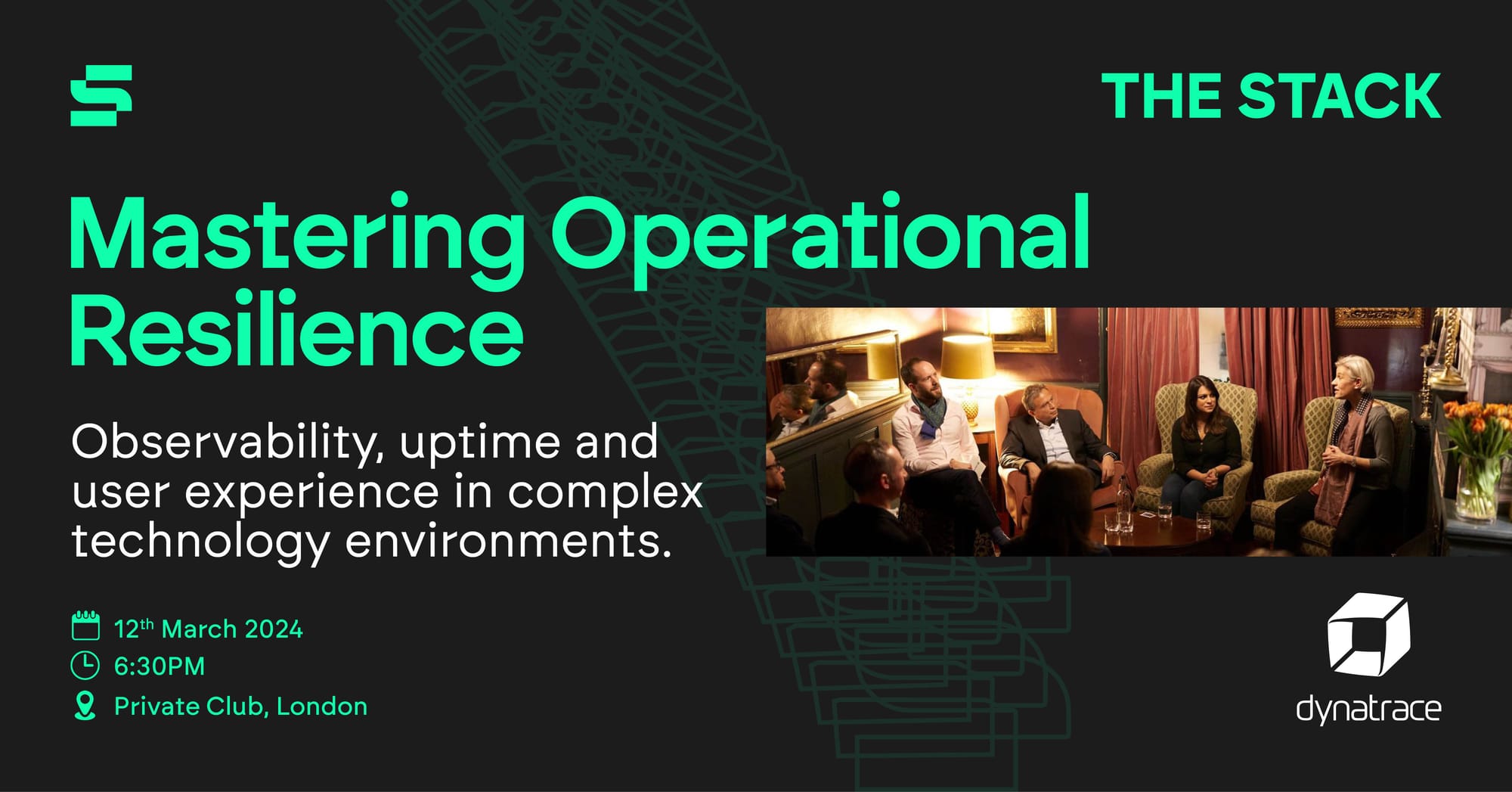
Application performance monitoring (APM) provider Dynatrace blasted past the $1.4 billion ARR mark in its Q4 earnings late Thursday.
CEO Rick McConnell attributed the growth to an industry-wide “explosion of data, a massive increase in its complexity, disconnected tools, and a need for better analytics…exponential increase in AI workloads, that have moved observability and application security from optional to mandatory.”
An earnings call added compelling colour on performance at the company, which is muscling into APM adjacent markets like application security and logs – including that its normal sales cycle is six to nine months (see,it's not just you): “If it's a new logo, you're going to be on the longer end” because of more significant POC evaluations, as CFO Jim Benson added to analysts.
See also: The Big Interview - Dynatrace CEO Rick McConnell
Both Benson and McConnell pointed to an oft-remarked, ongoing focus by many CIOs on vendor consolidation – not least “because of the complexity of the environment of having a bunch of disparate tools.”
So where’s Dynatrace bringing business from? “AppDynamics continues to be a source of new logos for us in a material way. New Relic going private, certainly has created some disruption as has the acquisition of Splunk by Cisco, which creates certainly some degree of market confusion and apprehension that leads to opportunity for us,” noted McConnell – qualifying this observation with "Having said that, it's all still relatively early stage in terms of some of these transaction announcements..."
"The biggest competitor, as we've said in the past, continues to be DIY."
A quest for the Grail
Dynatrace in October 2022 launched a new product called Grail that provides schema-less (flexible) ingestion of various data types, including logs, metrics, traces, user data, business data, and topology data; all things that can give you a birds-eye view of what’s going on in your infrastructure, spanning performance, trouble-shooting, and security.
The idea is full-stack observability with automated RCA support, even if an application issue is tied to a microservice – and be able to do it in as close to real-time as possible without having to “rehydrate” data; reconstitute compressed files, or pull them out of cold storage for analytics.
So, how’s that selling?

When it comes logs in particular, it starts with a POC, Benson said: “It then goes to a kind of smaller workloads in a production environment.
“The next phase in that journey is you have newer workloads in a production environment… And then the last phase being you're kind of leveraging existing workloads. So we're still in the very early phases of that journey. So when you think about our kind of product cuts that today, logs and AppSec don't make up a material portion of our ARR.”
(McConnell hastened to add that “we saw a 50% increase in paying logs customers, log management customers and an additional 30% increase in POCs on log management. So we do continue to see traction...")
It's application observability that's still the workhorse however: The tooling that lets you identify where something's broken (or about to break) and how to fix it before customers or other stakeholders come howling.
"The number of IT resources that are available to do manual processing of IT workloads is constrained and observability, in particular, sophisticated observability and application security solutions like Dynatrace's are going to become more and more critical, in fact, mission critical in this market as we look at" Dynatrace's CEO said.
